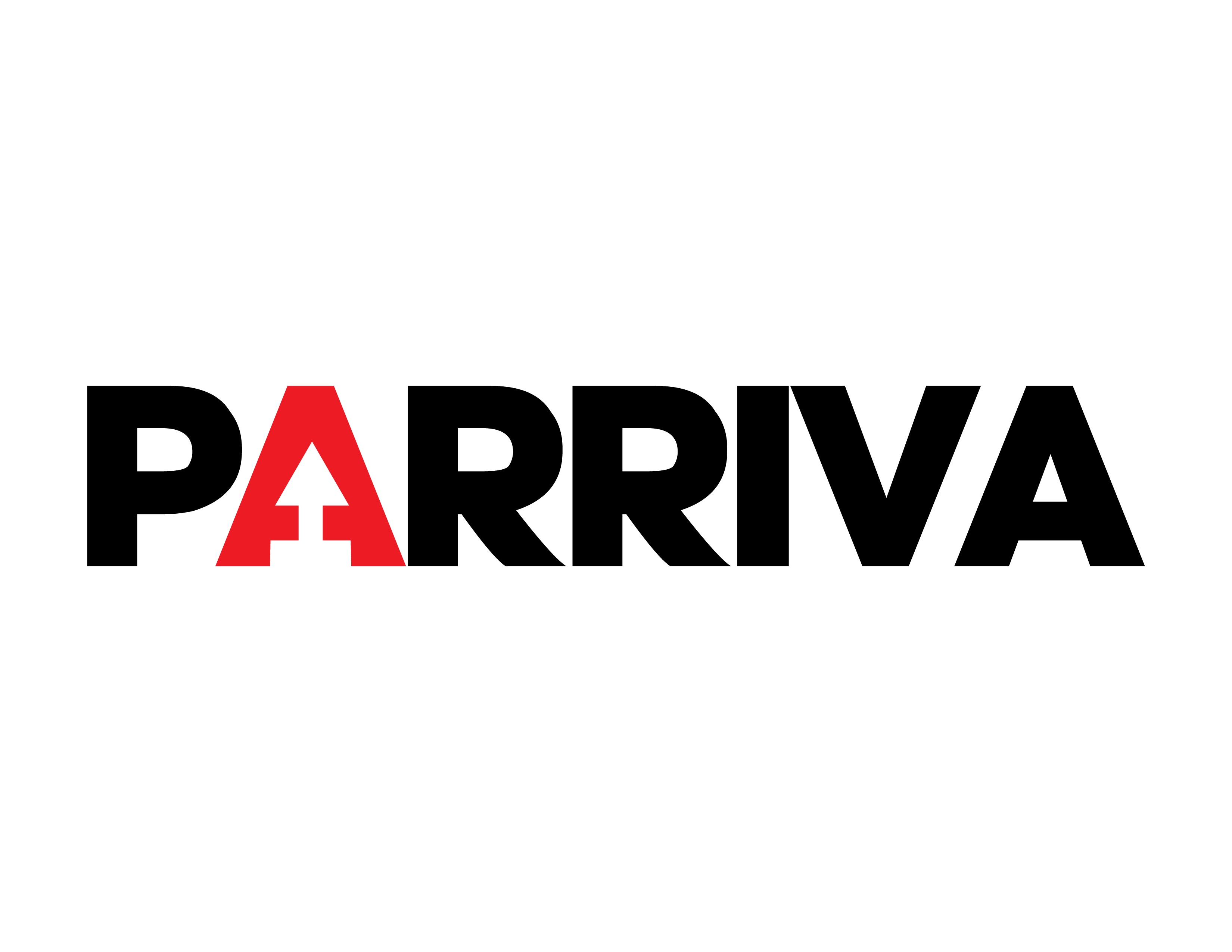With the highest percentage of Latino residents (53.3%) and those born outside the US (34.6%, compared with a national average of 13.6%), the city epitomizes the issues of migration and access to housing that are driving the presidential candidates’ debates.
With 25 million visitors expected by 2023, Anaheim is a leading tourist destination in the United States. The Disneyland theme park has a lot to do with it, and the Anaheim Convention Center does the rest. The urban landscape of this Californian city is unsurprisingly amply dominated by an ever-growing architecture aimed at hospitality. Less well known are the working-class neighborhoods, overwhelmingly Latino, which nevertheless account for more than half of the inhabitants.
Photographer William Camargo was born and raised in these neighborhoods, largely made invisible, sometimes even hidden behind high brick walls. As a student, Camargo took part in protests denouncing police brutality, gang activity, the domination of the city by commercial interests and the lack of political representation of Hispanic residents in local government. This was much to the despair of his parents, who were undocumented at the time.
His photographic work “Origins and Displacements,” which began during the Covid pandemic and continues to the present day, focuses on these contrasts. Part survey, part documentation of everyday life, this series draws on the city’s archives and the local press to trace more or less recent history, which resonates with current reality. The photographer begins in the 1920s, when the Ku Klux Klan, then at the height of its influence and popularity, decided to make Anaheim a model “Klan town.” He took a detour to 1994, when California passed a law limiting undocumented immigrants’ access to state public services, including public education and health care. He also revisits the city’s not-so-distant.

